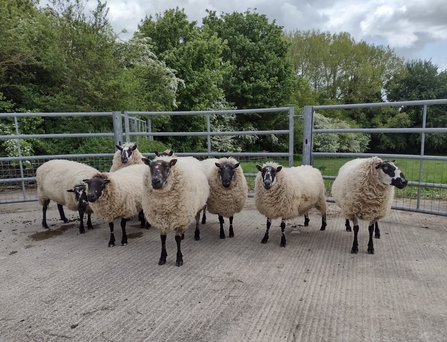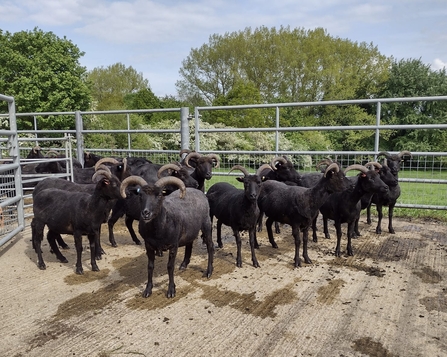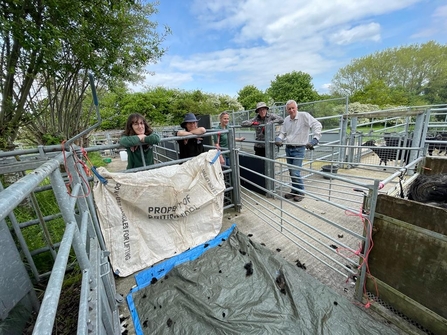Which group works hardest for BBOWT – our livestock or our volunteers? That’s a difficult one to call. In fact, on careful consideration, many parallels can be drawn between the two.
Out on reserves in all weathers, clad in a thick coat during the winter and shedding layers in the summer, spending a good deal of time munching (be it vegetation or biscuits) and working tirelessly to ensure that BBOWT’s nature reserves are in tip top condition for wildlife.
This spring however, when it was time for the annual ritual of sheep shearing, these two pillars of the Trust did, briefly, find themselves less well-aligned. For some weeks ahead of the big day, sheep had been slowly converging on Wells Farm from across Oxon and Bucks, readying themselves to be firmly but considerately manhandled by the mountain of a man that is Pete, our shearer.
As he rattled into our yard to setup, we started to round up our faithful fleeced friends with the help of the Oxfordshire Midweek Team – all long-standing volunteers well-versed in the vagaries of sheep herding. And so it began.




